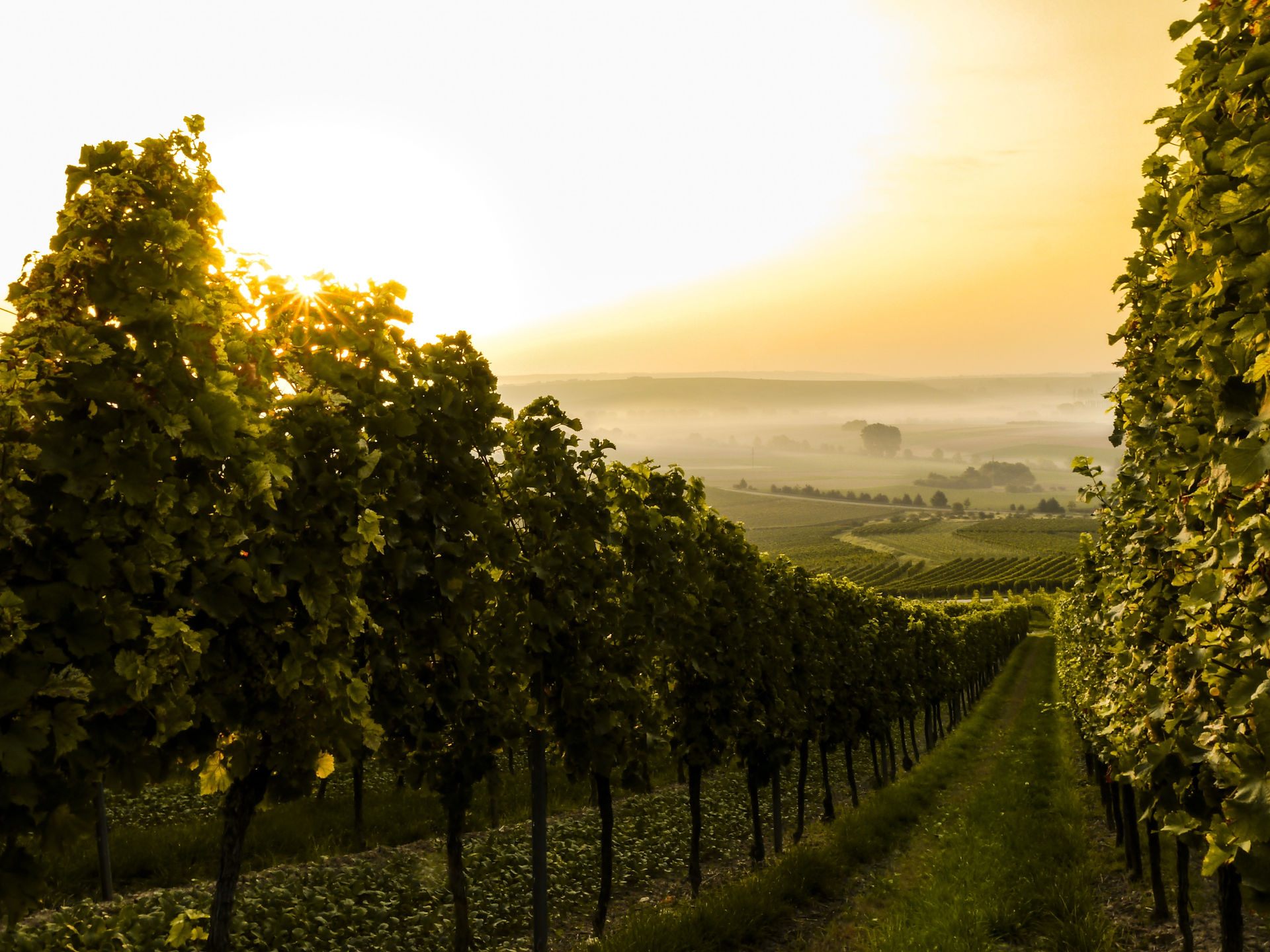Wine 101: Varieties of Red Wines
- Deanna Lowe

- Apr 6, 2020
- 3 min read
Updated: Apr 11, 2020
April has finally come to full Spring! (Man, does time ✈.) This month, I'll be focusing a lot on wine basics. A common question my friends that are new to wine ask is “What’s the difference between the different types of wine?”. So today, I'll be going over the difference between red wine varieties.
Fun fact: all grape juice is white, but wine turns red when the skins of red wine grapes soak in the grape juice during the fermentation process.
Cabernet Sauvignon
This is the most popular red wine variety. It's rich, full-bodied, and complex in flavour with notes of plum, black cherry, cassis, and bell pepper. You’ll also find oaky notes. Cab sauvs tend to be drier, higher in acidity and have more tannins. Some of the best cab sauvs come from California. Pair this with rich, full-flavoured meats like steak.

Merlot
Merlot is an easy-to-drink red wine with its light-body, smooth texture, and sweet flavours. The low acidity and low level of tannins also give it that easy drinkability. Merlot has fruity notes of watermelon, cherry, strawberry, and plum. Merlot is versatile and pairs well with many dishes. I’d suggest carbs or salty foods like tomato pasta or cheddar cheese and crackers.
Malbec
If you want something unique for your palate, try Malbec. Its got spice, tart, toast, and smokiness with hints of sour cherry. Argentina is known for its great Malbecs. These unique flavours go well with sweet and spicy foods. I’d suggest having a BBQ while sipping on Malbec.
Zinfandel
Zinfandel is a light to medium-bodied red wine with fruity notes of raspberry, strawberry, cherry, and raisin. Zins are easy-to-drink with its simple flavours, low acidity, and fewer tannins. Dishes with cheese like pizza and lasagna go nicely with this wine.
Syrah or Shiraz
Syrah and Shiraz are the exact same grape, but The French call it “Syrah” and Aussies call it “Shiraz.” This is full-bodied, fruity wine with tastes of blackberry, plums, and darker fruits. Syrah/Shiraz goes well with spicy, rich cuisines like Indian and Thai food.

Pinot Noir
Pinot noir is a light-bodied red wine carrying jammy flavours like beet, cherry, blackberry, plum. It’s lighter and more transparent in colour with less acidity and fewer tannins. Fish fillet and salmon go well with pinot noir.
Sangiovese
Italy is widely known for its Sangiovese, which is a light-bodied, dry, and acidic wine. It's more complex and tart than most red wines, containing flavours of pie cherry, anise, and tobacco. Pair it with Italian cuisine for an Italian experience.
Cabernet Franc
Similar to cabernet sauvignon, cab franc has the same richness but has more floral, earthy notes. Their flavours include raspberry, violets, oak, coffee, and blackcurrants. Bordeaux, France is well known for their cab francs. Roasted lean meats like chick, duck, and veal go well with this wine, as well as soft cheeses.
Grenache or Garnacha
Like Syrah/Shiraz, these two wines use the exact same grape, but Garnacha is the Spanish version of Grenache. This wine is full-bodied with low acidity and carries fruity, spicy flavours. It's like a lighter version of Syrah. Pair Grenache/Garnacha with a hearty beef stew.

What I have mentioned are common flavours and characteristics that are present in these red wine varieties. Ultimately, the composition of each wine varies in each brand based on the region it’s grown, weather, the aging process, and other variables.
If you don't drink a lot of wine, I'd suggest you to opt for light-bodied, smooth, and less acidic red wines like Merlot, Pinot Noir, and Zinfandel. Once you give your palate more training in wine tasting, then try the full-bodied, drier reds like Cab Sauv and Malbec.
Tomorrow, I’ll be posting about the different white wine varieties. If you have any questions or topic suggestions for future posts, feel free to leave a comment below. Happy Monday! 😊




Comments